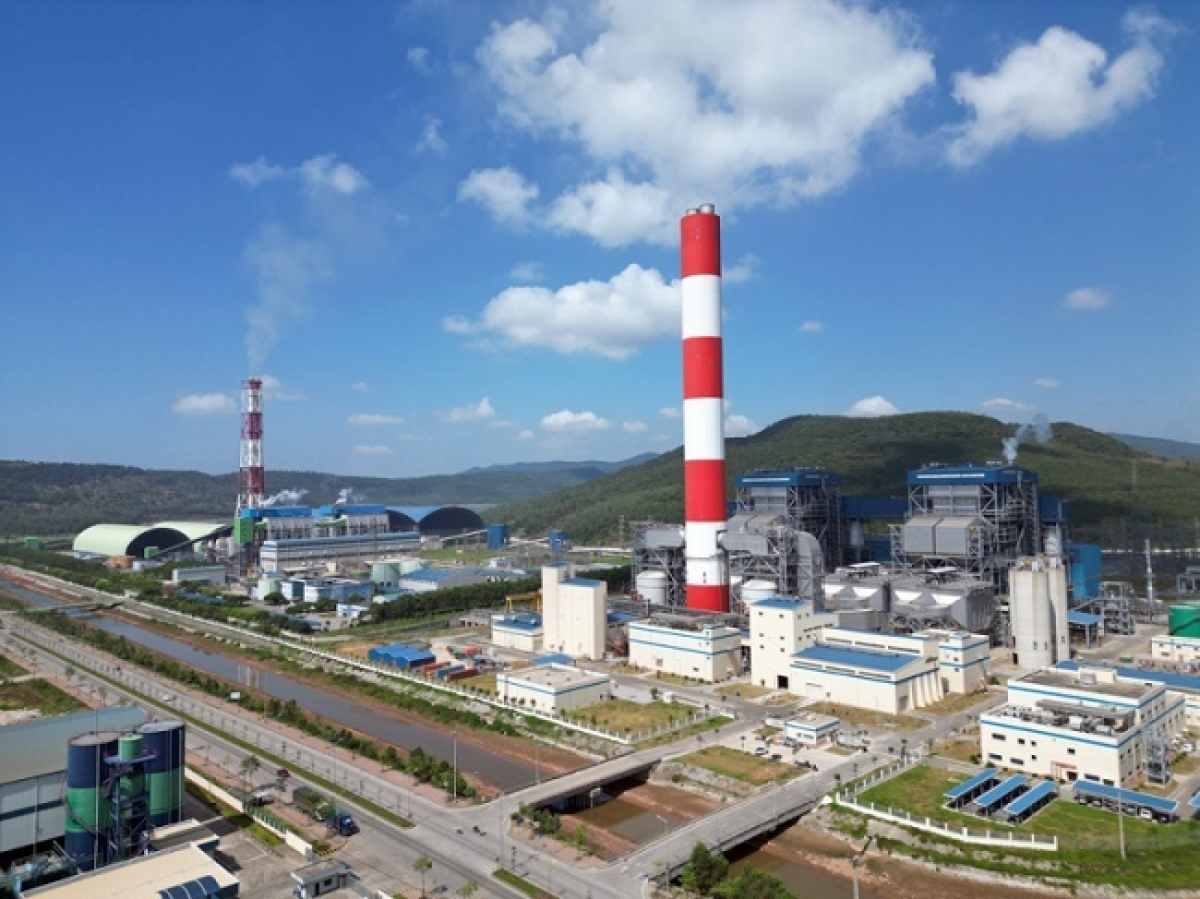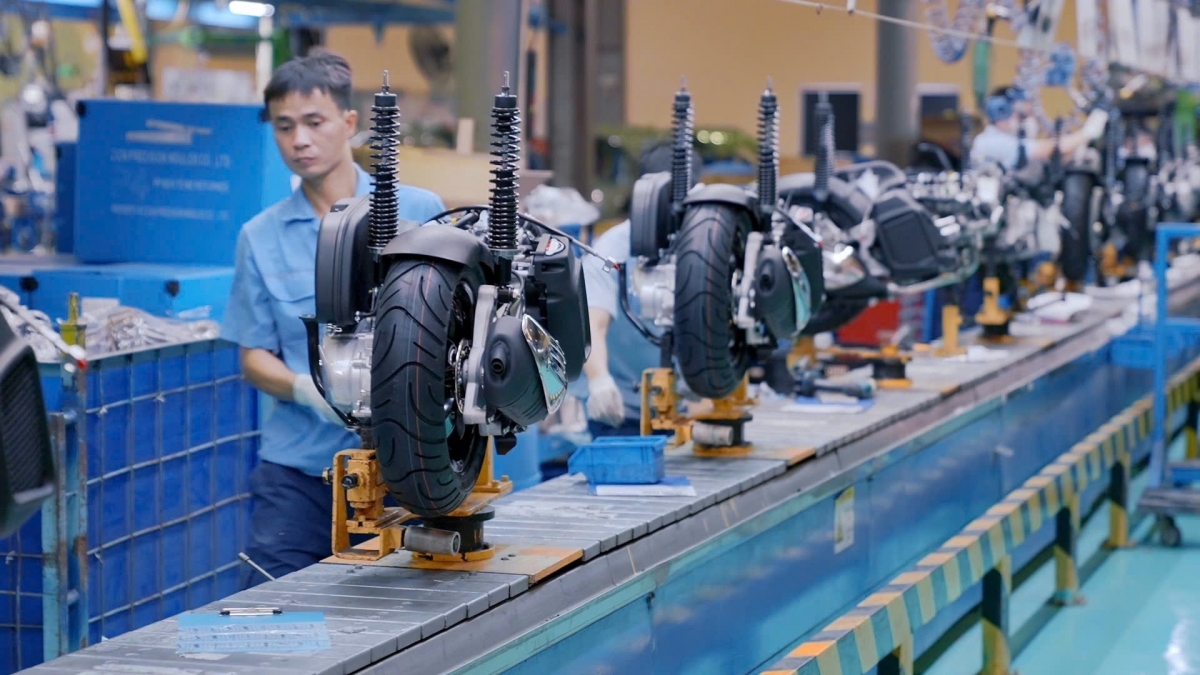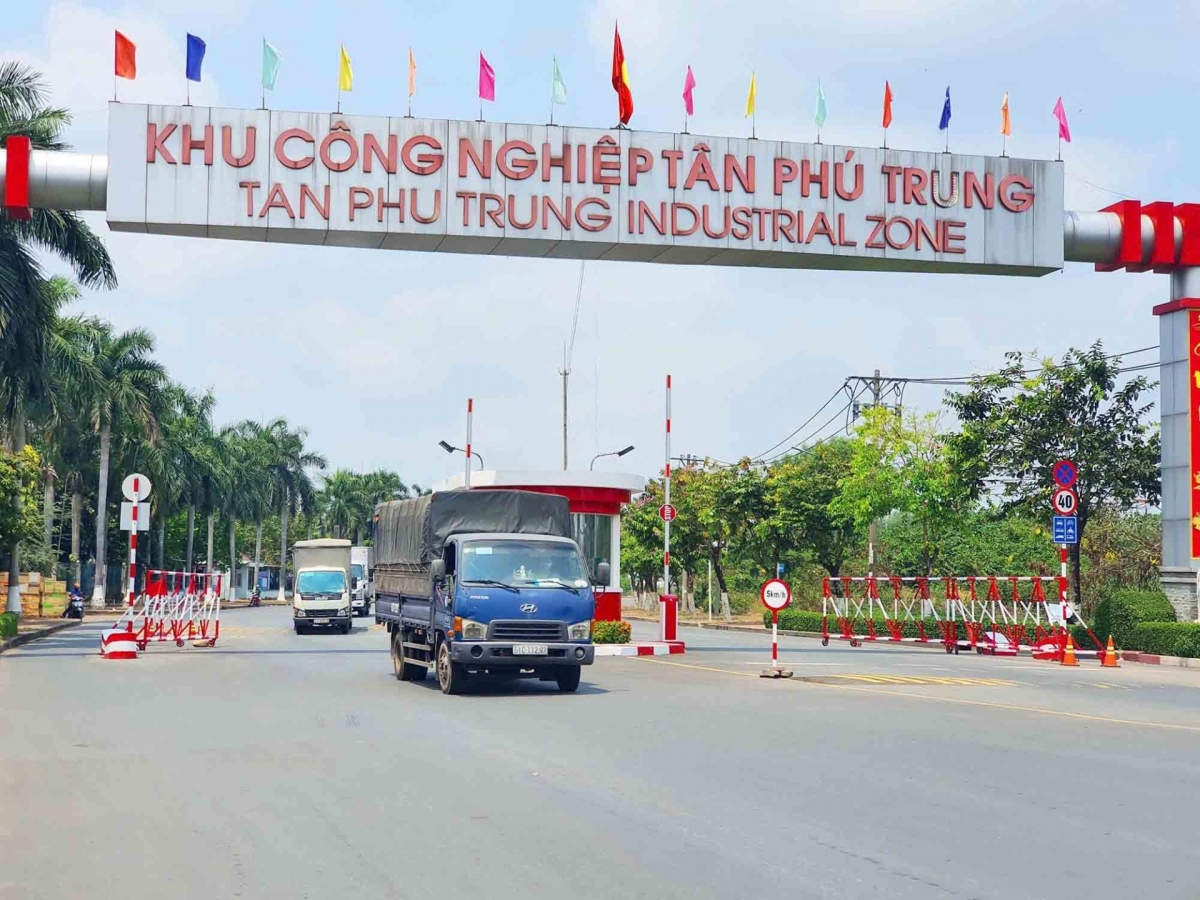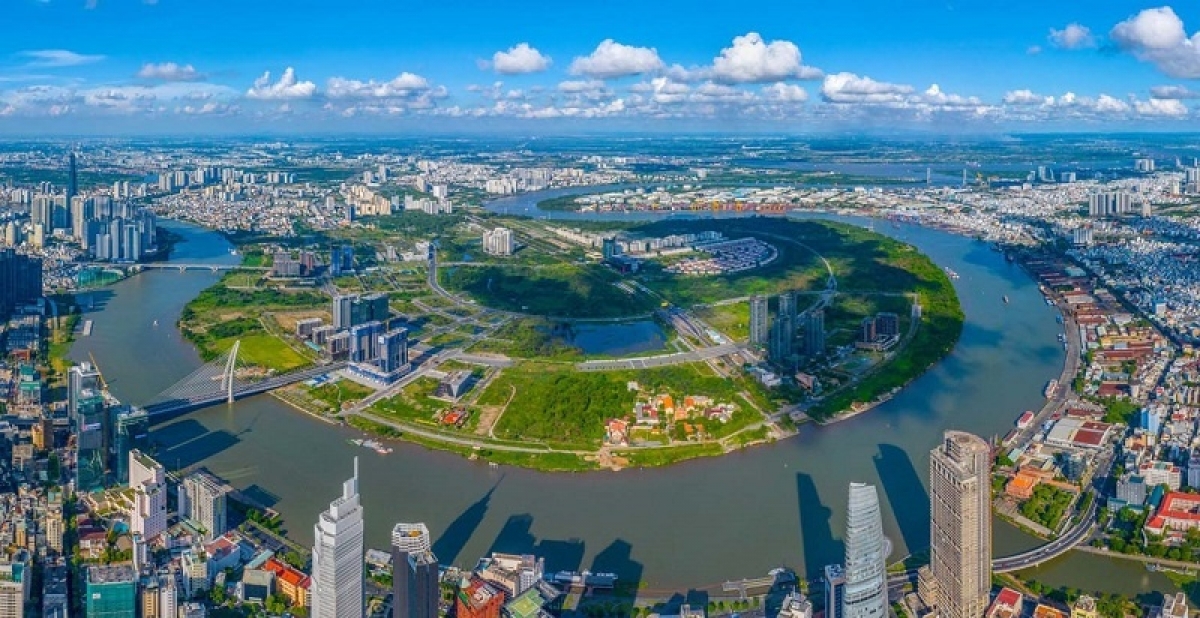INTERNATIONAL INVESTMENT
AND PORTAL
 Vietnam aims to be in the top 30 nations for innovation by 2045, Photo: Le Toan
Vietnam aims to be in the top 30 nations for innovation by 2045, Photo: Le Toan
Last month, German software company SAP committed to investing over €150 million ($174.8 million) into its newly launched research and development (R&D) centre in Vietnam over the next five years.
Located at The Nexus in the heart of Ho Chi Minh City, the centre will be the second SAP Labs Network hub in Southeast Asia, following Singapore. The new hub will play a key role in supporting SAP’s product development across core areas, including sustainable digital supply chains and intelligent enterprise solutions, enabled by AI.
Executive board member Thomas Saueressig said, “Every new location is a strategic decision, based on long-term potential and the ability to contribute meaningfully to SAP’s global innovation network. Vietnam is one of the fastest-growing digital economies in Southeast Asia, and Ho Chi Minh City is at the heart of that transformation.”
The municipal city offers a rare combination of tech talent, digital ambition, and engineering maturity with a dense concentration of universities, research institutions, and young engineers who are eager to lead in AI, software, and cloud, Saueressig said, giving SAP the talent pipeline it needs to build long-term product capacity.
Likewise, US giant Qualcomm opened an AI R&D centre in Vietnam in June, its third-largest globally after the United States and India. The facility specialises in developing cutting-edge AI technologies for smartphones, personal computers, extended reality, vehicle technology, and more. The move follows the acquisition of MovianAI, the former generative AI division of VinAI and a part of the Vingroup ecosystem, in April.
During a meeting with Prime Minister Pham Minh Chinh in Hanoi on August 12, Qualcomm CEO and president Cristiano Amon unveiled plans to collaborate in AI, semiconductors, electronics, and smartphones. “We believe Vietnam will become a regional R&D centre, especially for AI. Qualcomm is willing to nurture skilled Vietnamese talents,” Amon said.
Meanwhile, Nvidia is collaborating with the Vietnamese government to establish a new R&D centre focused on AI. The group will use the centre to focus on software development, capitalising on the country’s strong talent pool of STEM engineers, and to engage industry leaders, startups, government agencies, universities and students to accelerate the adoption of AI.
Vietnamese corporations are also ramping up their R&D capabilities. In mid-August, Viettel started construction of an R&D centre with an investment of around $380 million. Based in Hoa Lac High-Tech Park, the centre is scheduled to be completed by 2030. It is set to become a flagship R&D hub, integrating the closed-loop process from research and design to prototyping and manufacturing of high-tech Vietnamese-made products.
Meanwhile, FPT inaugurated its High-Tech and Semiconductor R&D Centre at Software Park No.2 in Danang city in March. The centre will focus entirely on homegrown innovations, with a goal of launching 10 new products each year to solve real-world challenges. It is also being envisioned as a regional magnet for startups, a place to share experiences and spread entrepreneurial spirit throughout the tech community.
This wave of global and local companies establishing R&D centres in Vietnam reflects the results of a long-term policy vision. The national AI strategy was approved in 2021, with the goal to make AI a core technology, boost socioeconomic development, and position Vietnam as a regional leader in research and application.
To realise this vision, the government has created strong incentives, invested in digital infrastructure, and prioritised building a skilled workforce. As a result, Vietnam’s STEM talent pipeline is expanding rapidly. In 2024 alone, master’s students in STEM grew by 34 per cent to nearly 20,000, while PhD candidates rose by one-third to almost 4,000. Meanwhile, 19,000 students enrolled in semiconductor-related programmes, now accounting for 10 per cent of all STEM enrolment.
Rizwan Khan, managing partner of Acclime Vietnam, believes that by 2030, Vietnam will be one of the top four nations in ASEAN and among the top 50 globally in the realm of AI research, development, and application as their target.
“Vietnam today has all the opportunities for global technology leaders to expand their R&D presence,” Khan said. “The country offers a huge engineering workforce and is ramping up research infrastructure. For example, of the $2.84 billion earmarked for science, technology, and digital transformation in 2025, around 7 per cent is proposed for key university laboratories. Sustained investment at this scale over five years could fundamentally transform Vietnam’s research ecosystem.”



















